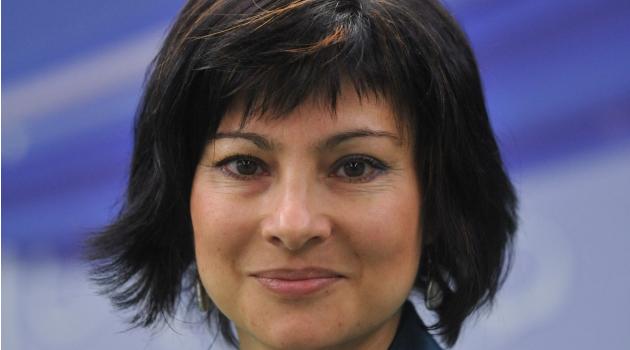Czech Republic: Museum of Romani Culture director says economic situation of Roma deteriorating

"We are following the growth in the number of Roma who visit the Museum and who are slowly learning what this museum is, because it has long been a foreign, unknown institution to them," Museum director Jana Horváthová told the Czech News Agency in an interview. For the past 10 years the Museum has provided its experience in Brno as a state-established organization based in Bratislavská Street in the middle of a quarter with a large Romani community.
The Museum’s focus is unique in Europe. Although it is headquartered in Brno, it operates throughout the country by working to document Romani life in the field and by holding traveling exhibitions.
It also focuses on Romani culture abroad. The Museum has a permanent exhibition dedicated to the history of the Roma and is regularly expanding its collection.
The Museum’s photo-documentary collection is growing at the fastest rate. "The material culture of the Roma and documenting it through original objects is quite difficult because many Roma groups until recently lived a mobile way of life and did not retain their material goods," explains Horváthová.
Still, the museum has managed to acquire some new additions such as jewelry, fine art, documentation of Romani musicality and crafts from traditional communities such as Balkan blacksmiths and manufacturers of copper vessels. The Museum staff as managed to trace other additions to the collection through antique dealers and the Internet auction portal Aukro.
The collection is made accessible to the public by the Museum not only through its permanent exhibition, but also through short-term exhibitions. One such exhibition next year will focus on jewelry.
The museum is also dedicated to the Romani language, which according to Horváthová is being passed on to the next generation less frequently than it once was. "That is because of the preconceived notion that it is necessary not to speak Romani to children so they won’t have problems in school," said the director.
Romani children, however, do not know either the Czech language or the Romani language well as a result. Romani parents often speak Czech poorly, a language in which they have limited vocabularies and repeat incorrect grammatical usage.
The Museum seeks to promote the Romani language, for example, through Romani authors reading their works. The overall situation of the Roma in the Czech Republic, according to Horváthová, is not improving.
"Economically the Roma are still worse off, so as the years progress, nothing major is happening when it comes to integration," said Horváthová. People living in material poverty on the margins of society do not have the strength to maintain their traditions or develop their distinctive culture.
The Museum director also noted the Czech media’s lack of interest in positive messages about Roma. As for the Museum, its budget is around CZK 12 million [EUR 444 000] per year, most of which goes to salaries.
Attendance is between 20 000 and 25 000 people a year, including at special events and touring exhibitions. It is funded by the state and partly by the South Moravian Region and now has 20 full-time positions (divided among more workers than that) and is aided by 40 volunteers.
The museum focuses on working with the Roma community in Brno. There is great local interest, for example, in its tutoring program.